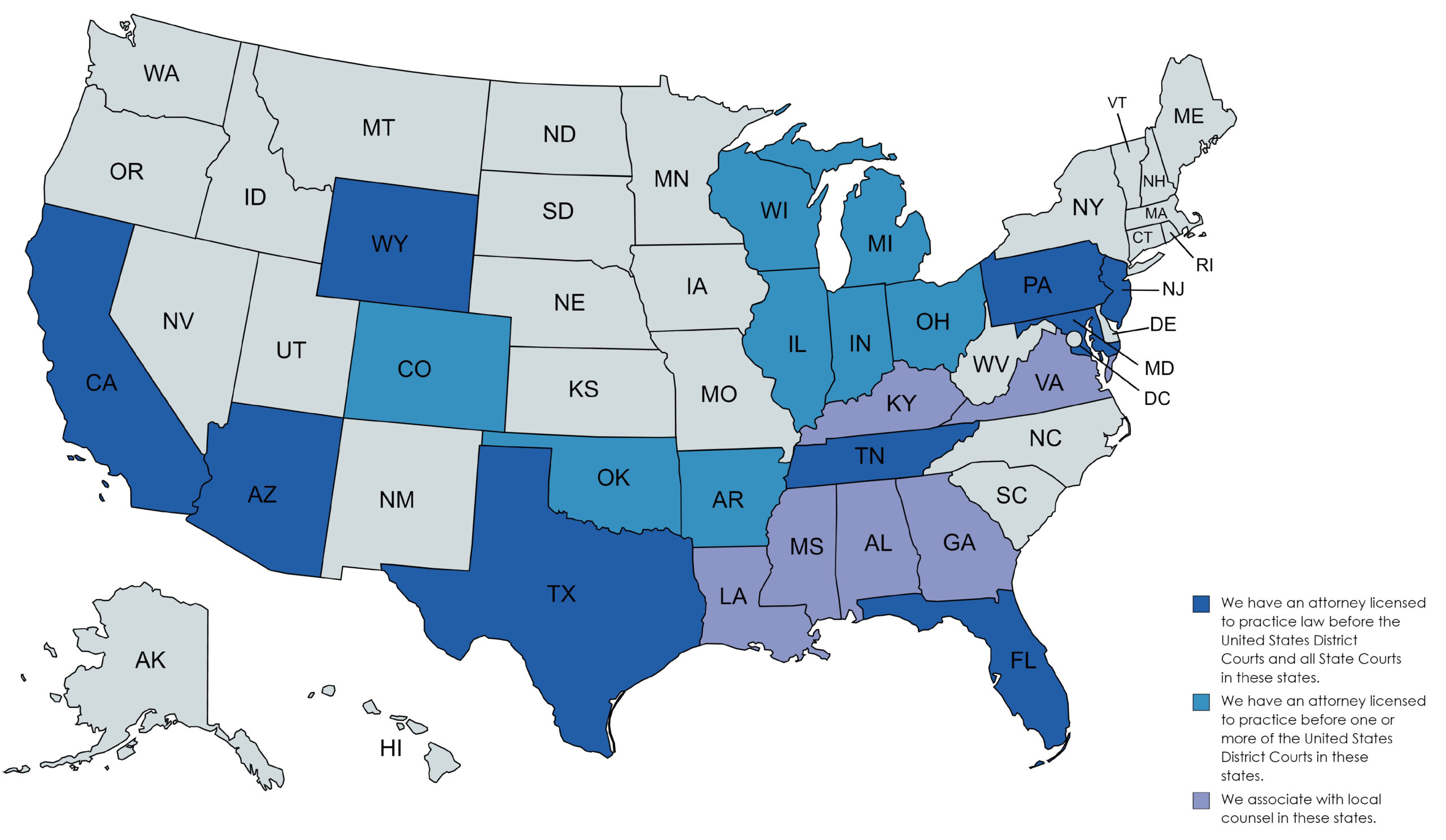Find My Original Creditor
Free Consultation Available
How Credit Card Companies Double-Check Numbers (The Luhn Check)
Every credit or debit card number has a “built-in safety check.” The last digit of your card number isn’t random — it’s called a check digit. It works like a quick math test that makes sure the number wasn’t typed wrong.
Here’s how it works (no math degree required):
-
Write down your card number – For example:
4417 1234 5678 9113 -
Double every other number starting from the first one on the left.
If doubling makes a two-digit number (like 10, 12, 18), add those digits together (so 18 becomes 1+8=9). -
Add everything up.
If the total adds up to a number that ends in 0 (like 70, 80, 90), your card number “passes” the check.
If not, it’s probably been mistyped or is fake.
In our example, the total is 70 — so this card number is valid.
Why This Matters
-
This quick math test catches most simple mistakes — like typing the wrong number when shopping online.
-
It doesn’t protect against fraud by itself, but it helps businesses reject numbers that don’t make sense.
-
Almost all credit cards and many ID numbers use this method.
Educational only; not legal advice. For advice about your situation, contact an attorney. We never store the numbers you enter.



